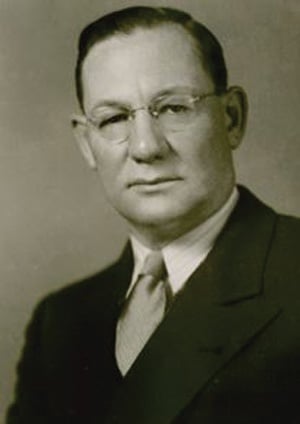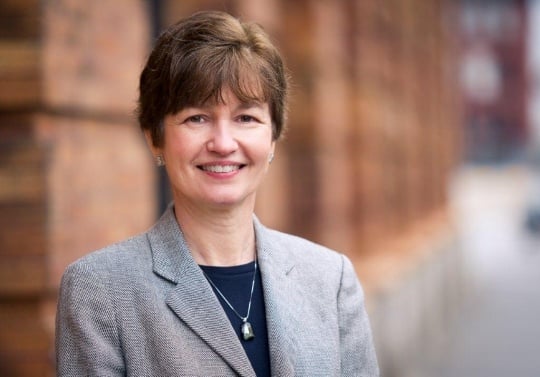Mid-Minnesota Legal Aid
Creator:
John Fitzgerald
Bibliography
Mid-Minnesota Legal Aid ,1913–2013.
http://mylegalaid.org/downloads/press_downloads/Legal-Aid-First-100yrs.pdf
Mid-Minnesota Legal Aid.
http://mylegalaid.org/
LawHelpMN.org.
http://www.lawhelpmn.org/
David Chanon. "Maynard Pirsig, 95, oldest law school teacher in U.S., dies." Star Tribune, February 7, 1997.
Chronology
1913
Attorney John Benson opens Legal Aid, a new Minneapolis law office.
1916
Legal Aid handles 3,029 cases, half of which are wage-related.
1930
Legal Aid's budget is $8,500.
1931
The Legal Aid Department is formally incorporated as the Legal Aid Society of Minneapolis.
1946
Legal Aid's Board of Directors' minutes note a rise in divorce and custody cases.
1947
The Legal Aid Board's minutes note a housing shortage, which results in the group representing many tenants.
1966
Legal Aid receives its first federal grant: $42,030 from the Office of Economic Opportunity.
1973
The federal government begins supporting Legal Aid's Developmental Disability Law Project.
1975
St. Cloud Area Legal Services is incorporated to serve Stearns, Sherburne, and Benton counties.
1979
Western Minnesota Legal Services is formed in Willmar.
2012
Aid's member corporations formally merge into Mid-Minnesota Legal Aid, which handles more than 10,115 cases. The largest category is housing law. It's budget is about $11 million. It receives federal grants of more than $3 milllion from several agencies.
Bibliography
Mid-Minnesota Legal Aid ,1913–2013.
http://mylegalaid.org/downloads/press_downloads/Legal-Aid-First-100yrs.pdf
Mid-Minnesota Legal Aid.
http://mylegalaid.org/
LawHelpMN.org.
http://www.lawhelpmn.org/
David Chanon. "Maynard Pirsig, 95, oldest law school teacher in U.S., dies." Star Tribune, February 7, 1997.





